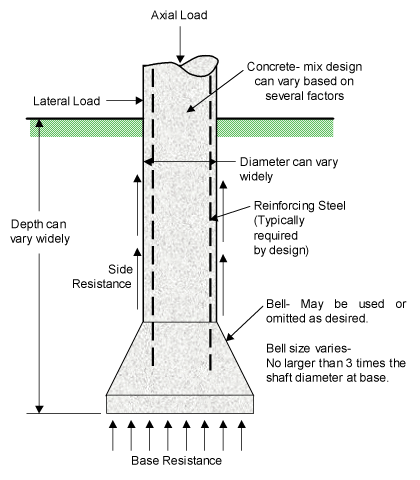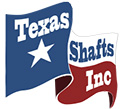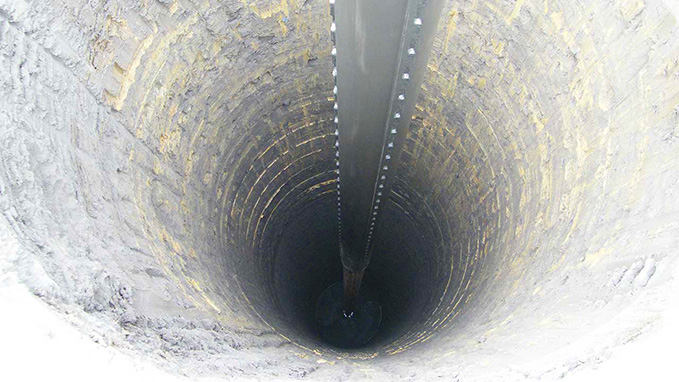What is a drilled shaft?
Drilled Shafts and their uses
A Drilled Shaft is a deep foundation that is constructed by placing fluid concrete in a drilled hole. Structures can be supported by a variety of foundations. The selection of the foundation system is generally based upon several factors, such as:

- Loads to be imposed
- Site subsurface materials
- Special needs (high lateral capacity, etc.
- Cost
Drilled shafts (also called caissons, drilled piers or bored piles) have proven to be a cost effective, excellent performing, deep foundation system, that is utilized world-wide. Typically they are used for bridges and large structures, where large loads and lateral resistance are major factors.
Advantages
- Economics
- Minimizes pile cap needs
- Slightly less noise and reduced vibrations
- Easily adaptable to varying site conditions
- High axial and lateral loading capacity
Disadvantages
- Extremely sensitive to construction procedures
- Not good for contaminated sites
- Lack of construction expertise
- Lack of Qualified Inspectors
End Bearing
Drilled shafts can be designed as "End Bearing" meaning the load is carried by the base or "end" of the shaft.
Friction
Shafts design for having their load dissipated throughout the materials they are formed into are called "Friction" shafts. The site subsurface soils the shaft are installed into "grab" the sides of the shaft, much like when you step in mud and try to pull your foot out.

